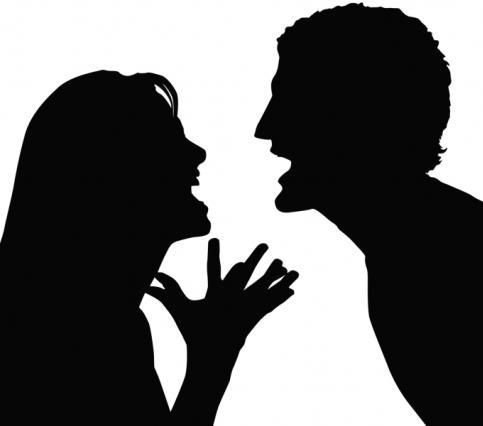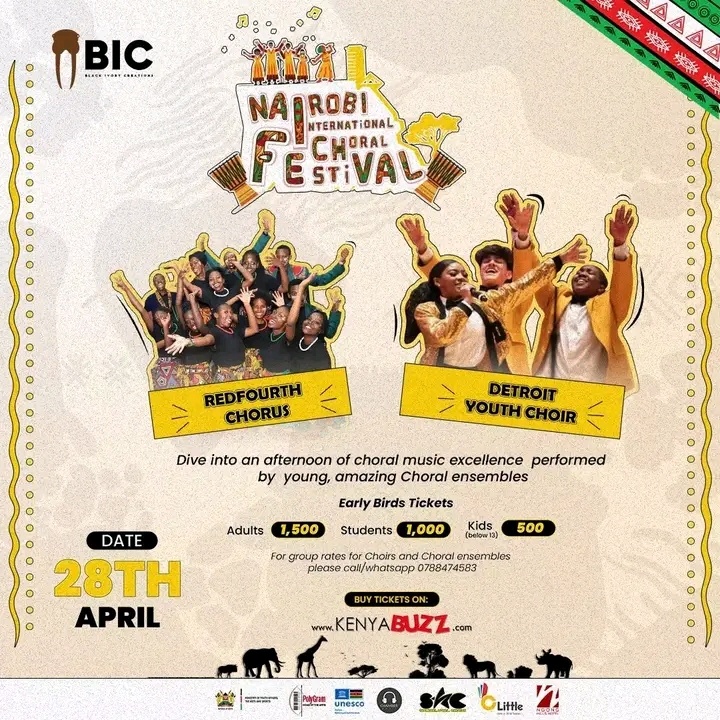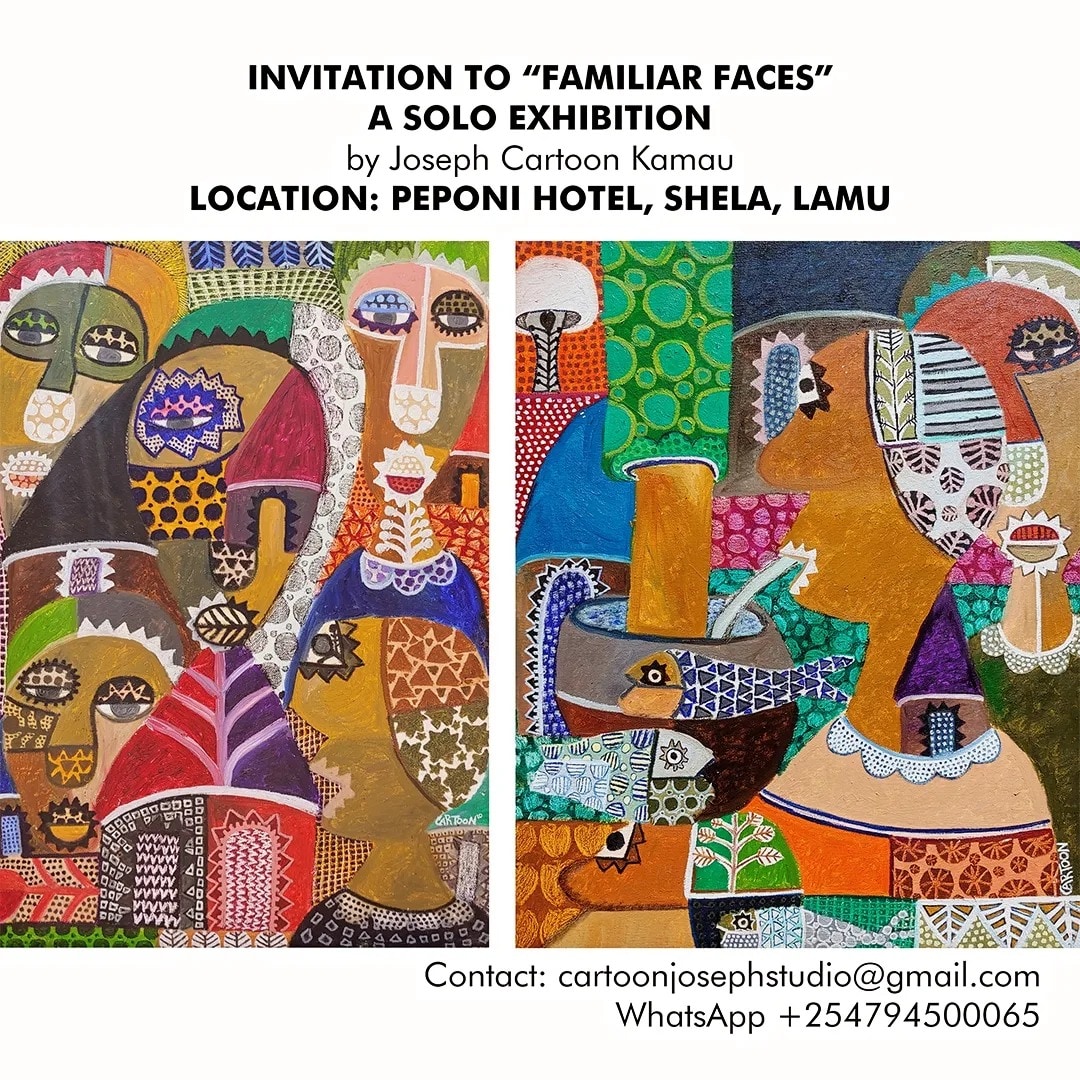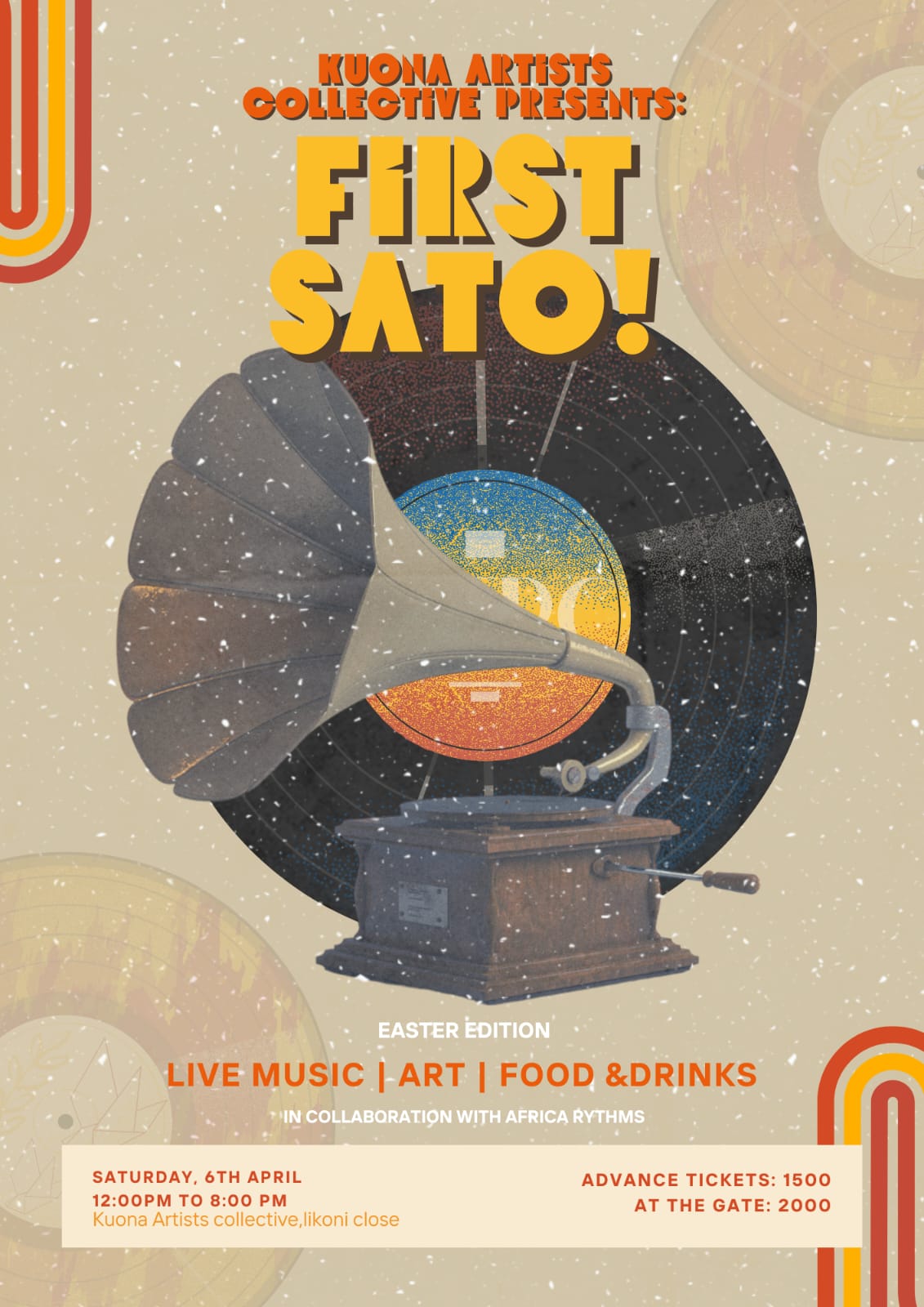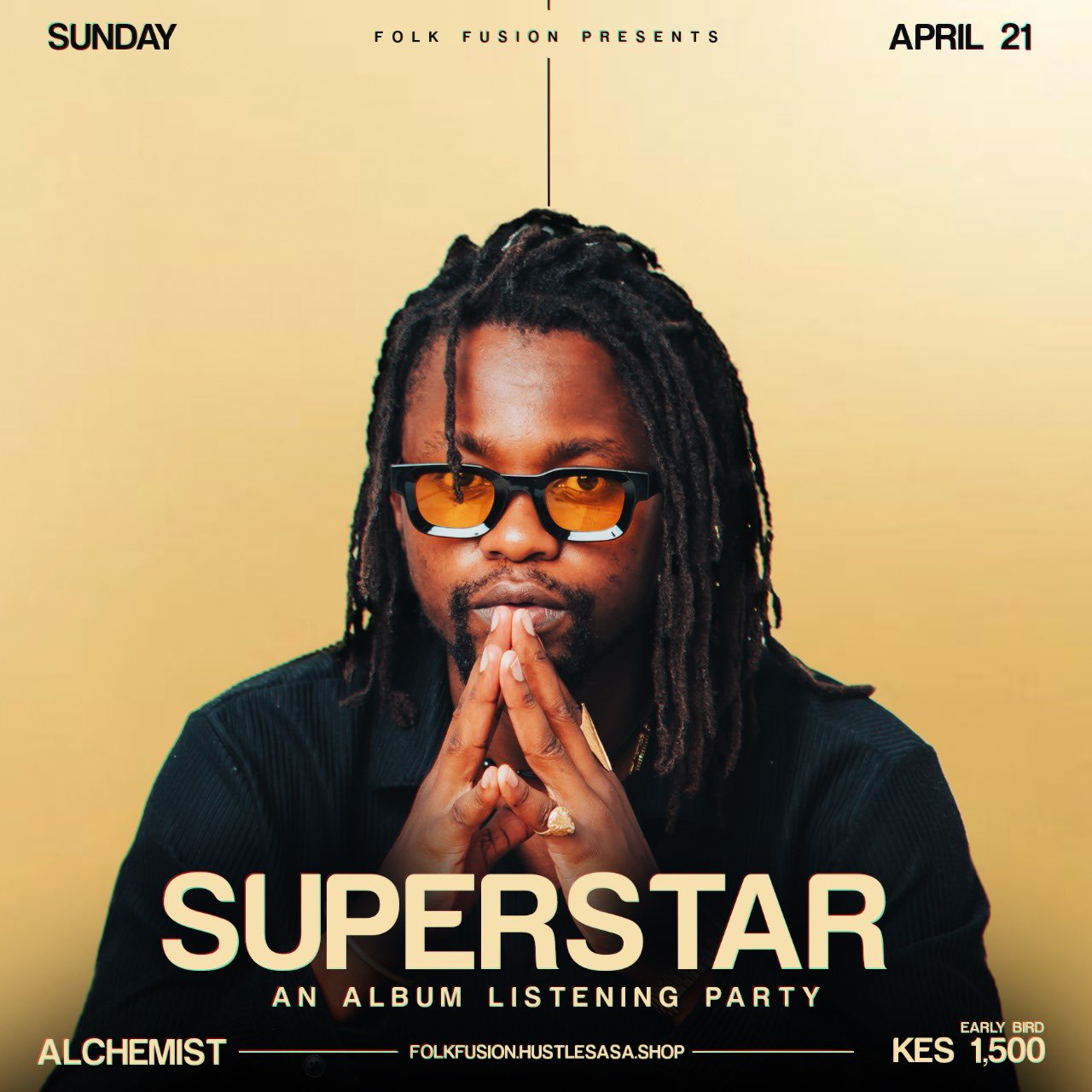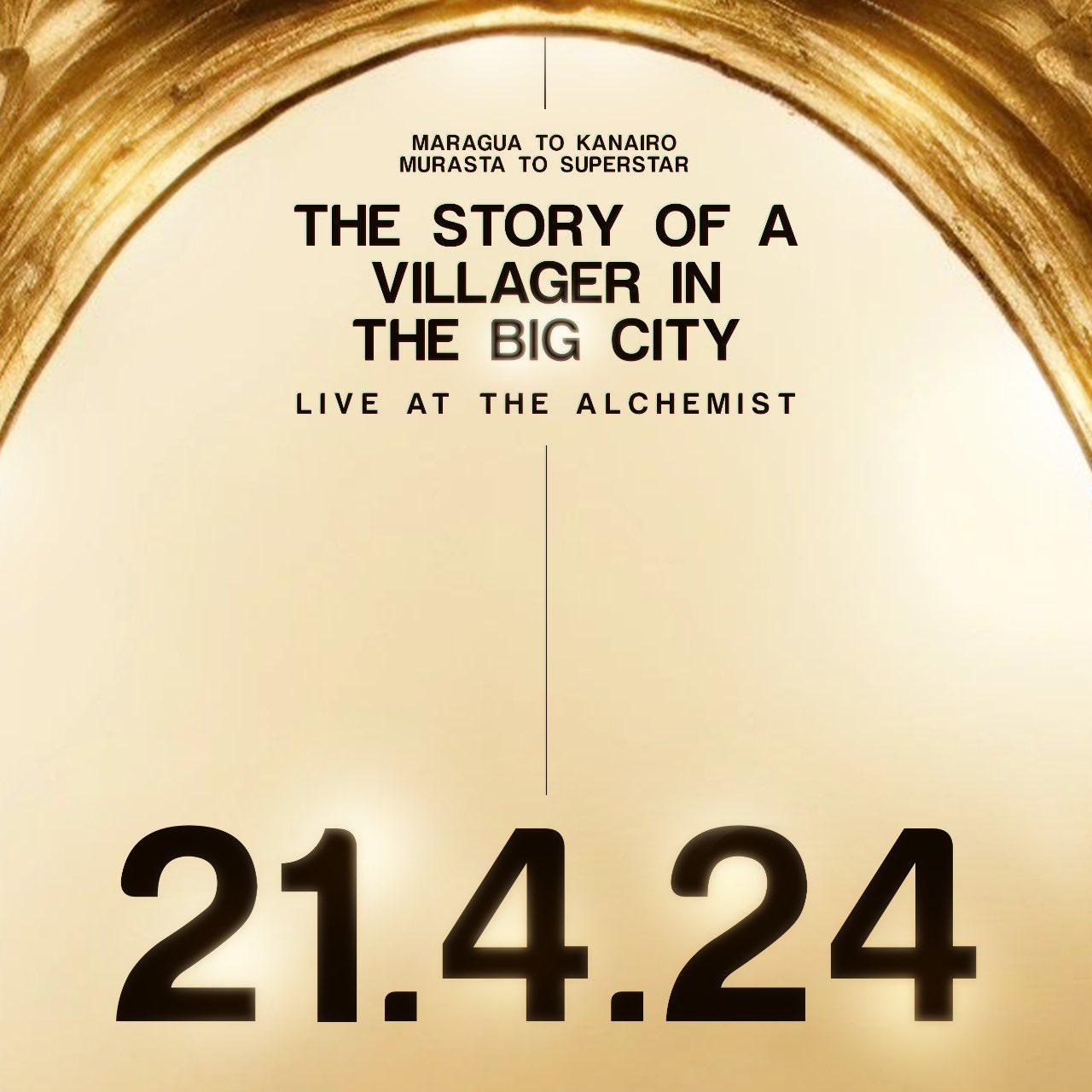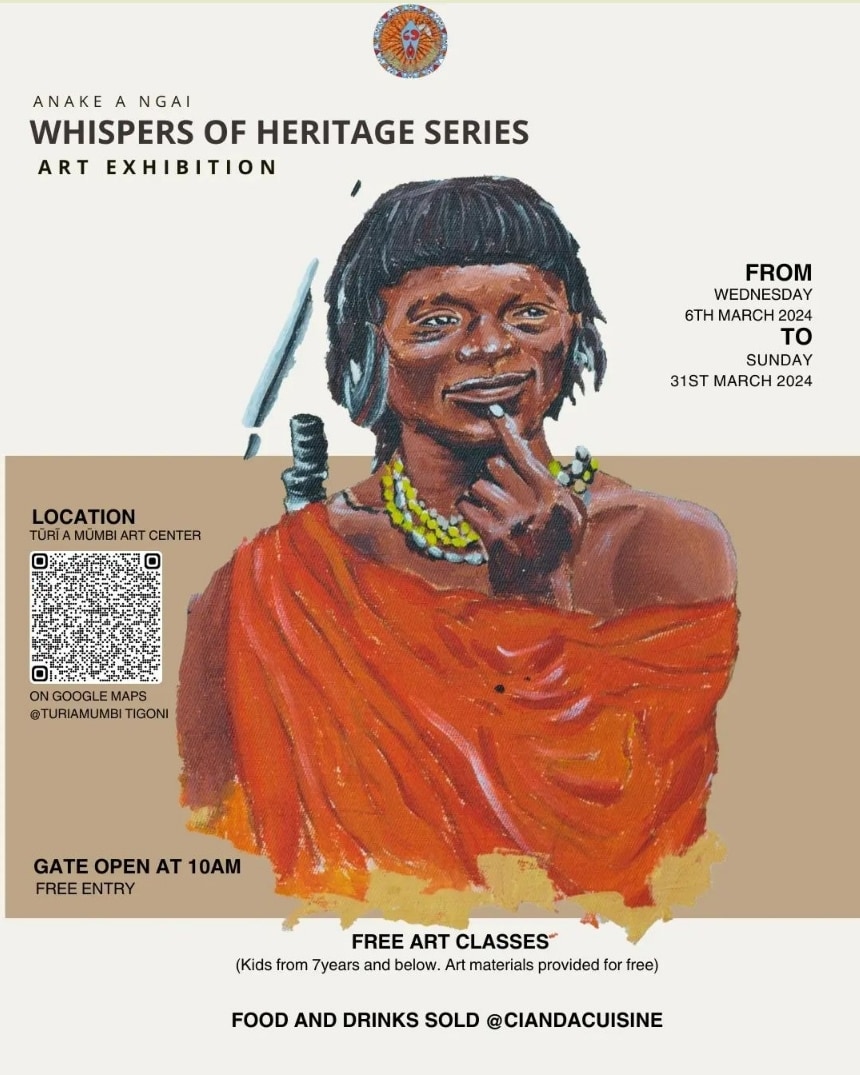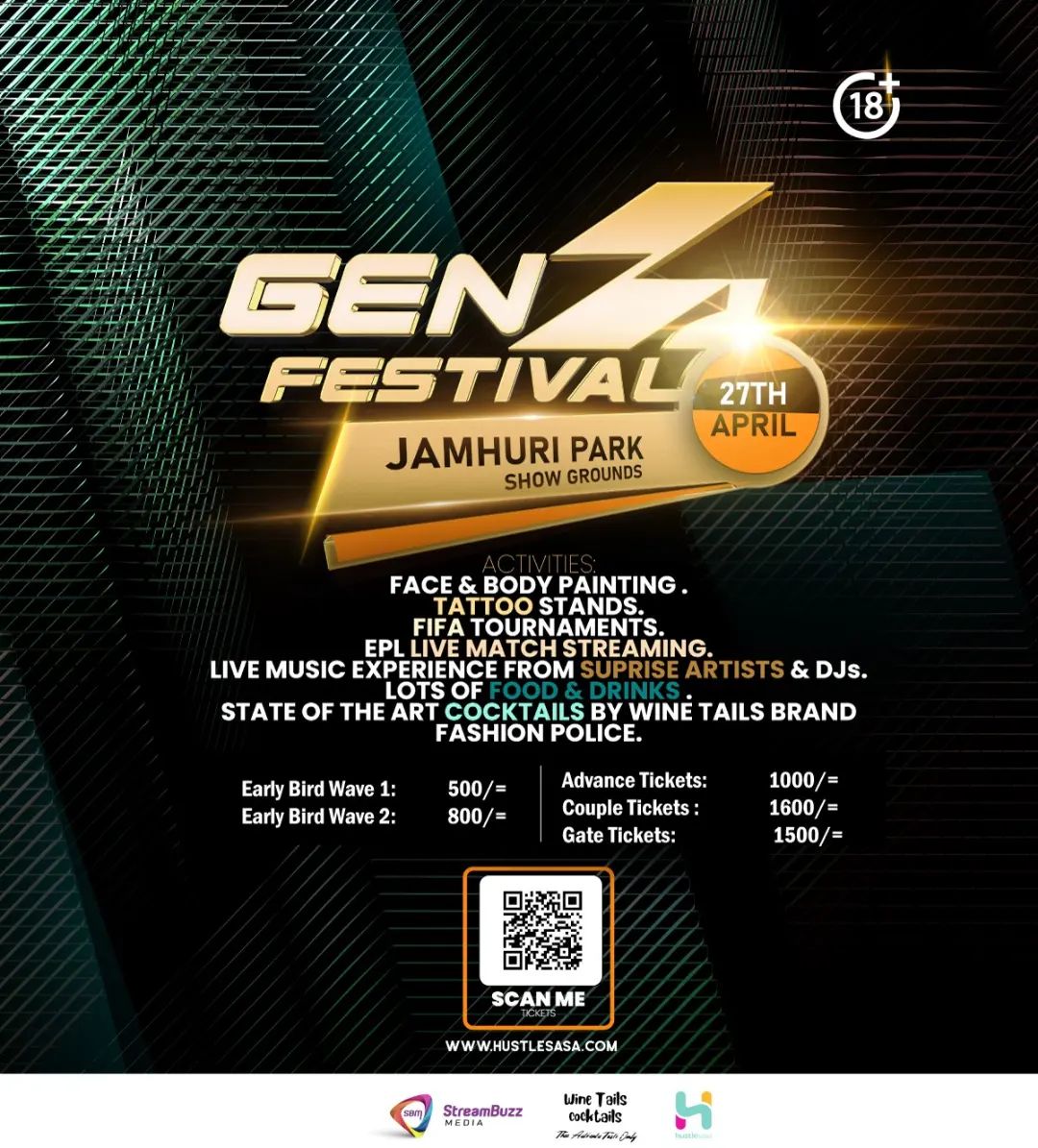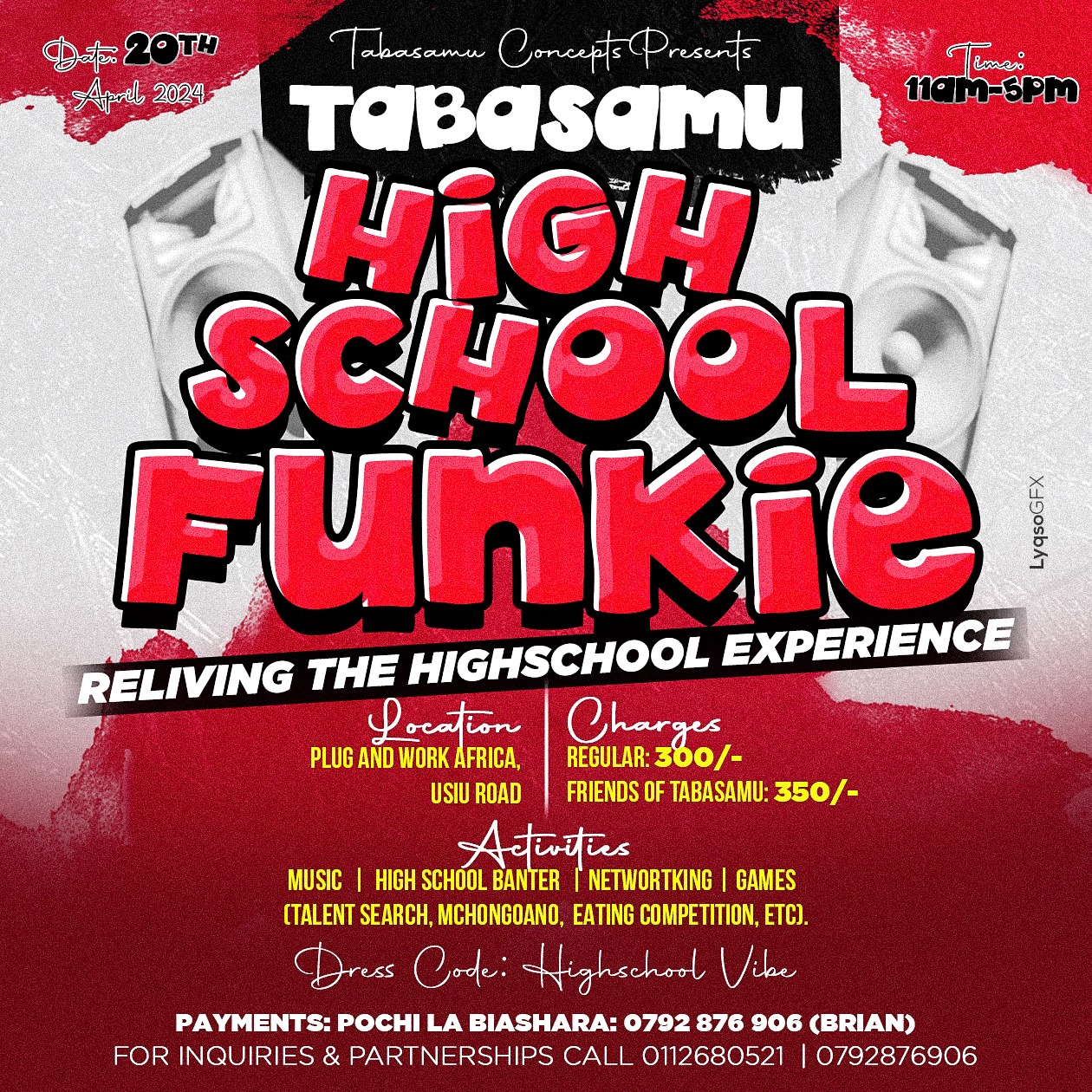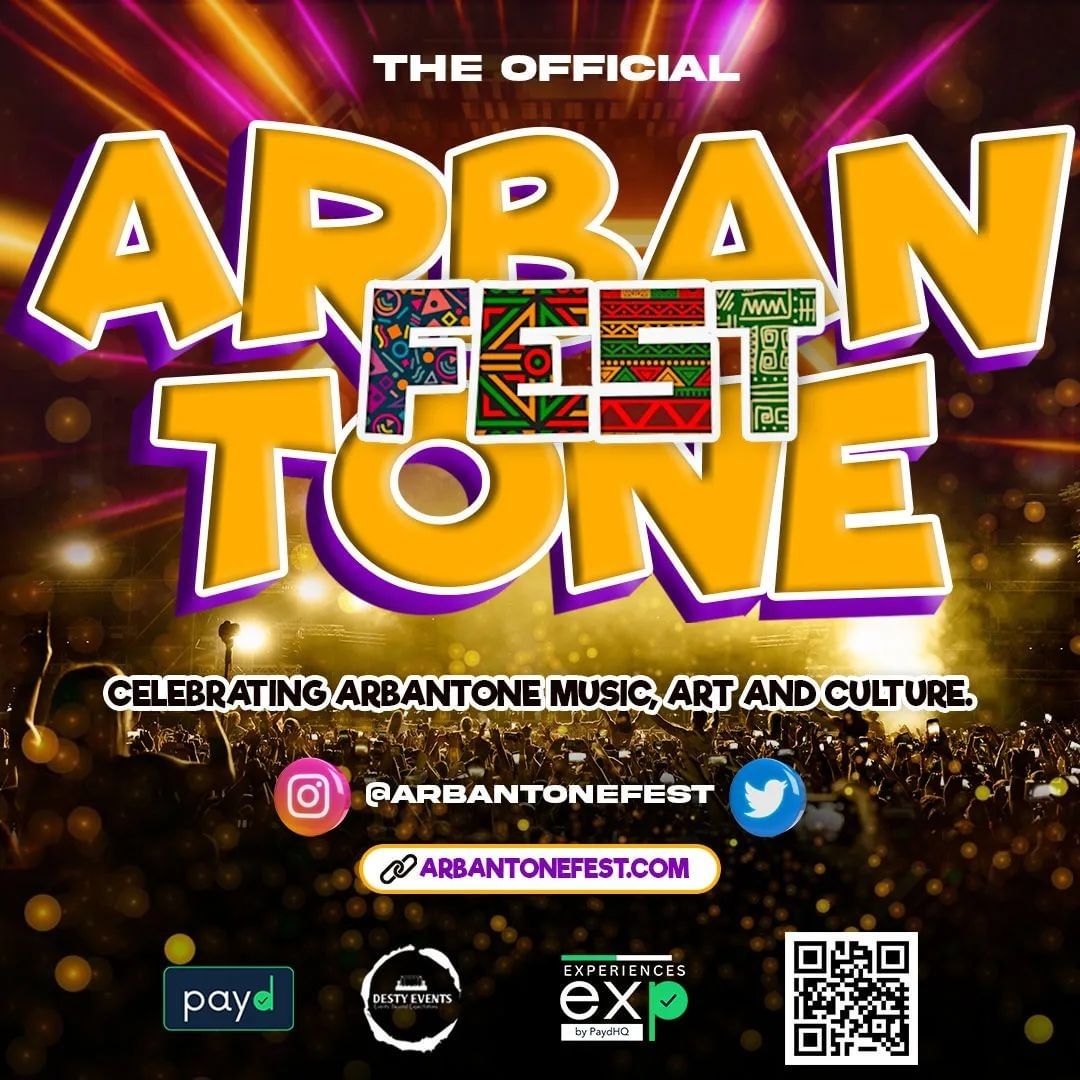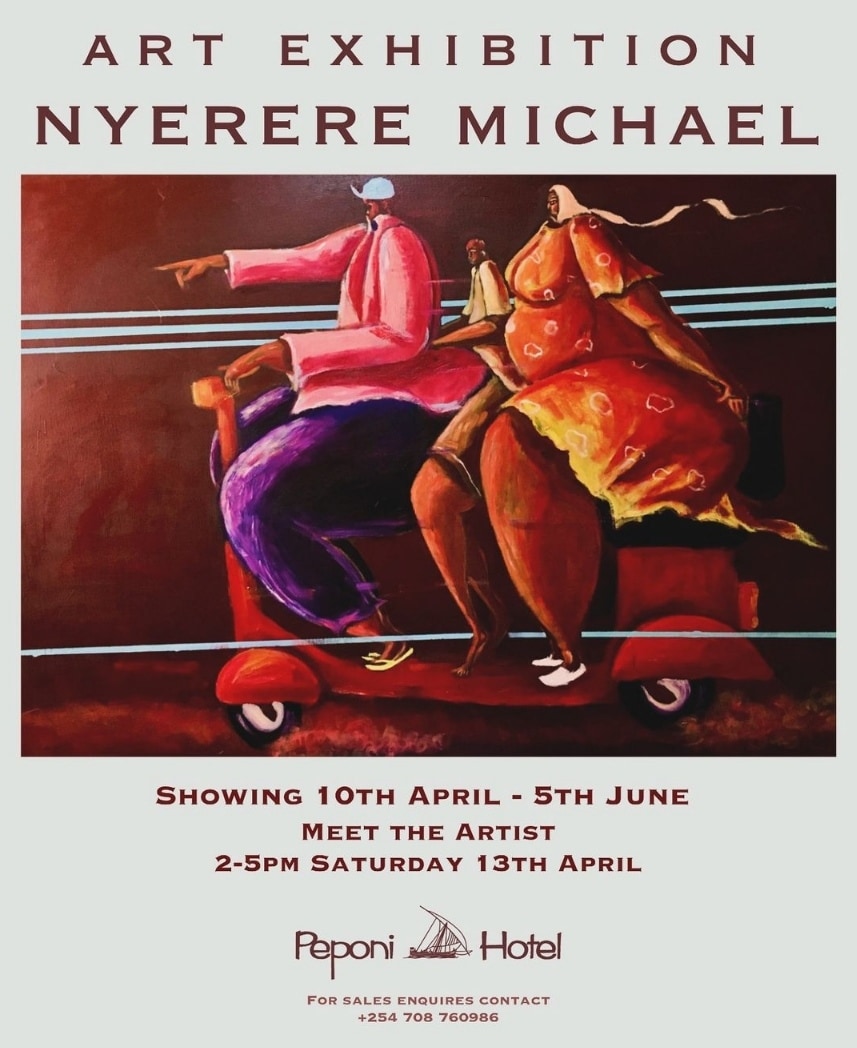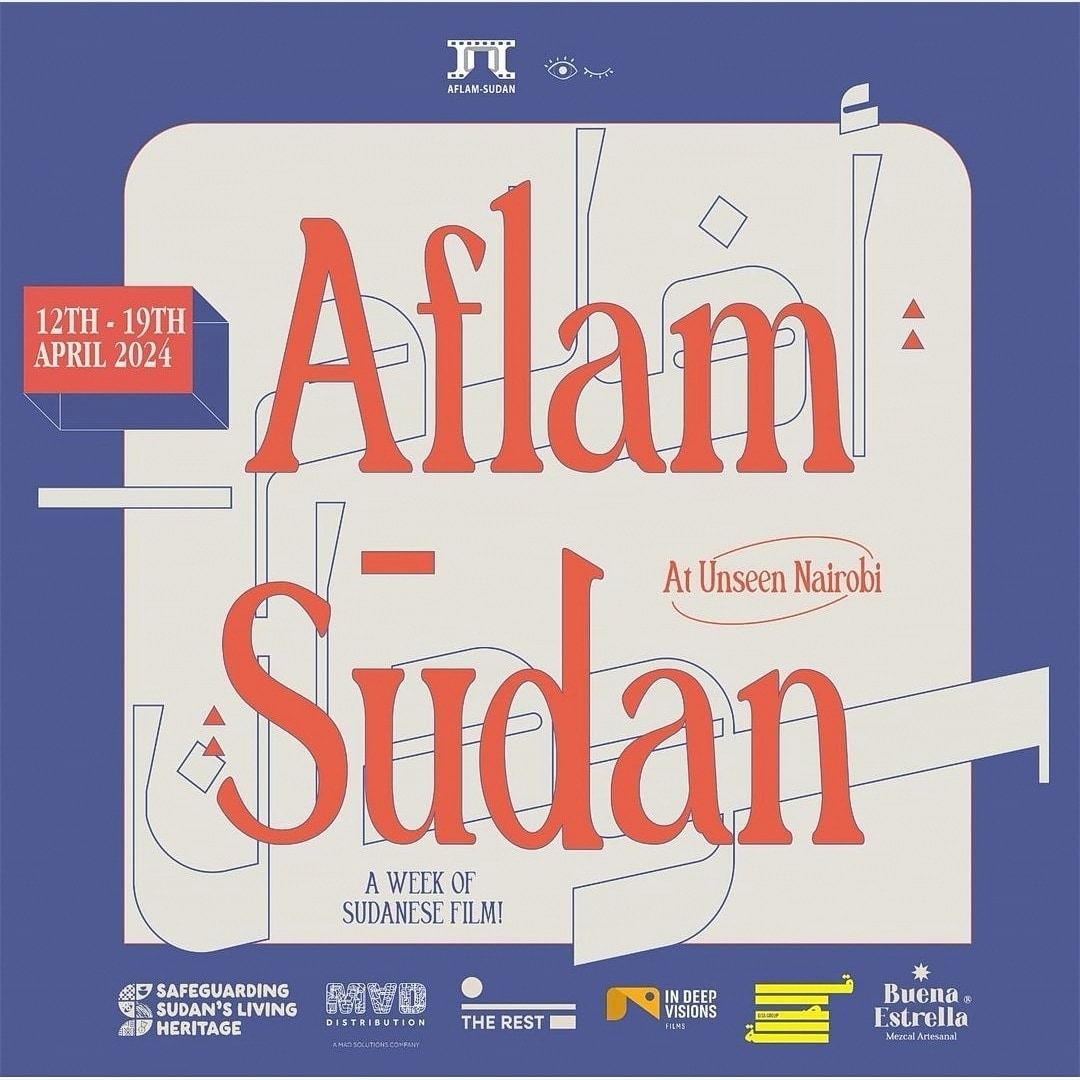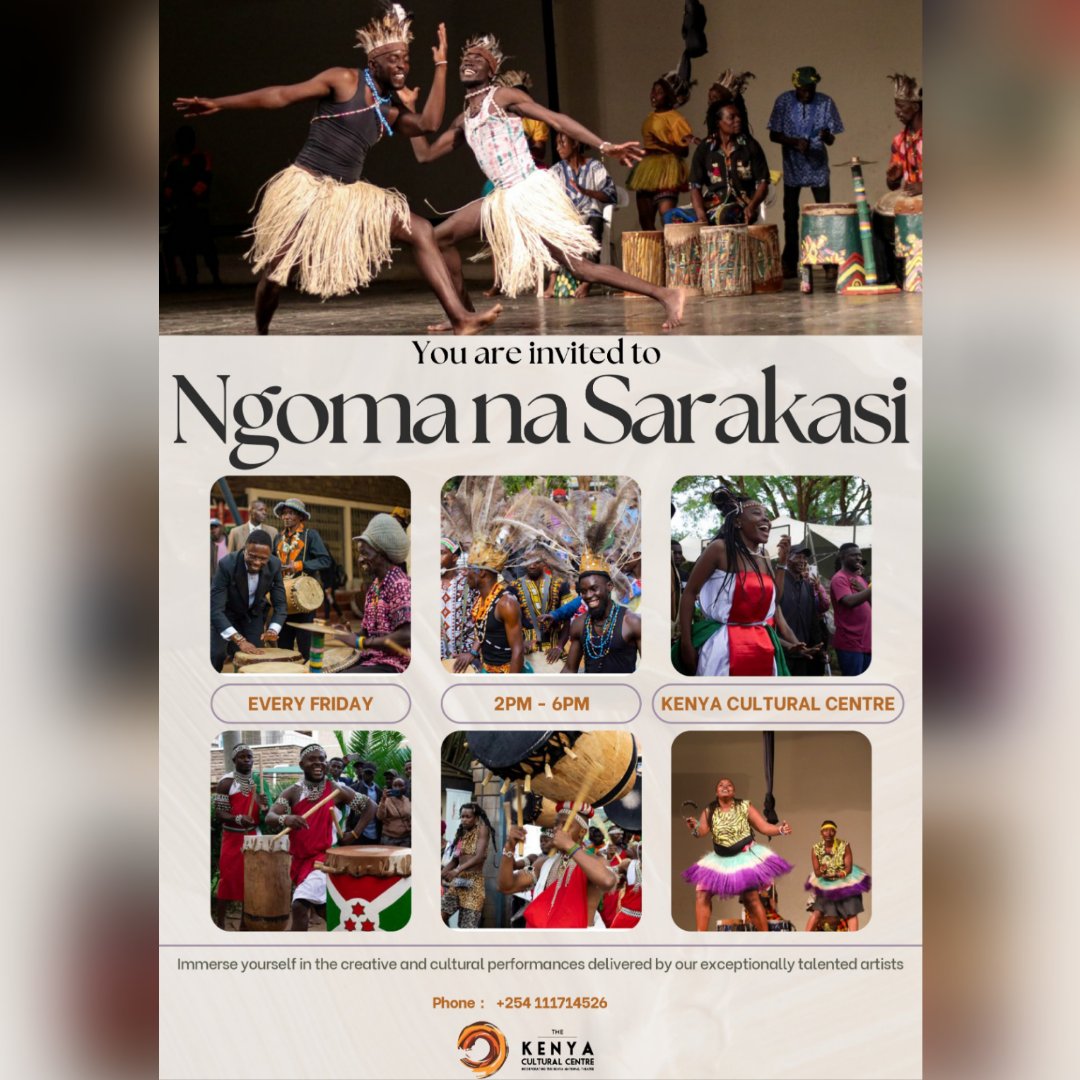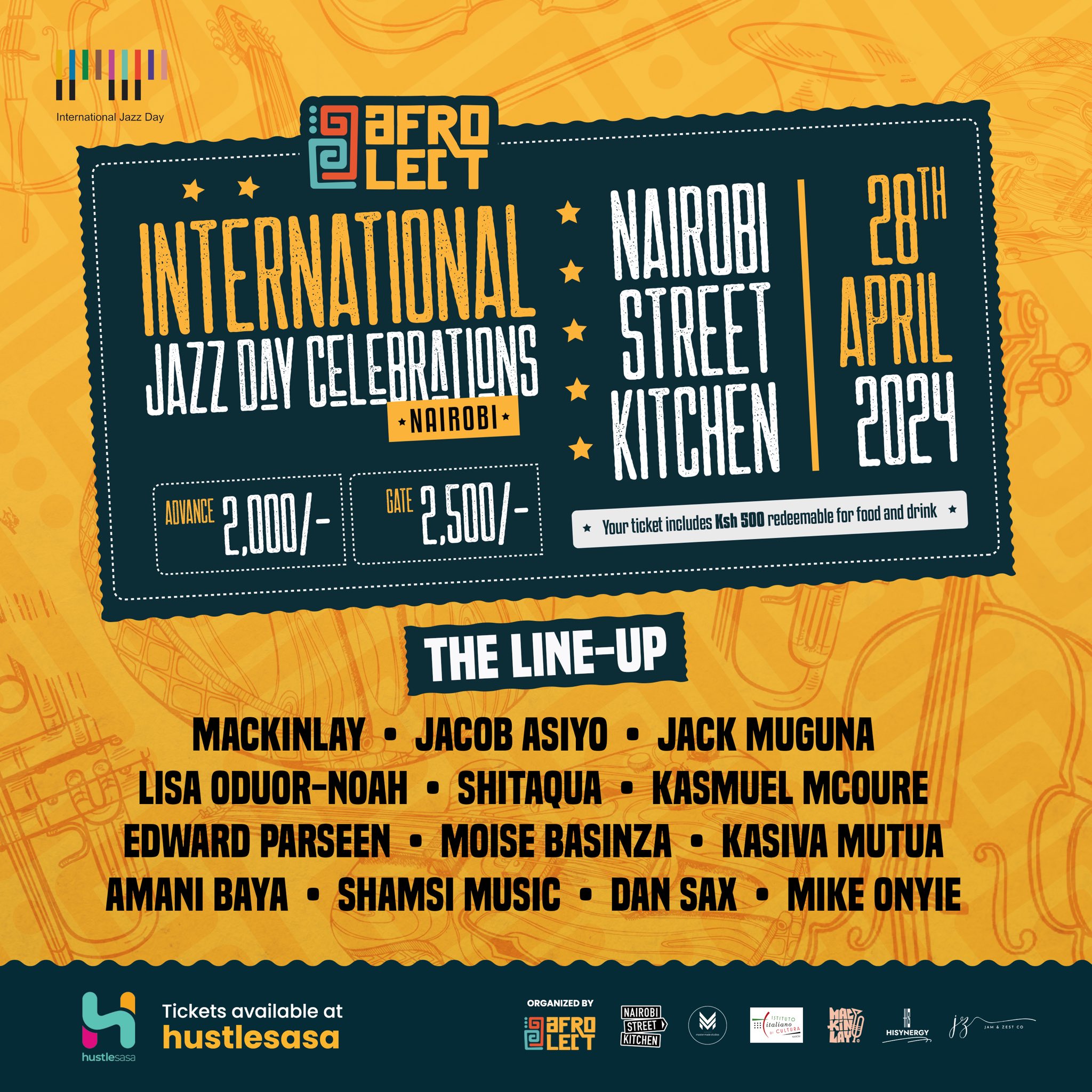WHY BLOSSOMS OF THE SAVANNAH SHOULD HAVE NEVER BLOSSOMED INTO A SETBOOK
I just finished reading Ole Kulet’s Blossoms of the Savannah and may I mention from the onset that I am neither a literary expert nor a critic. My reading of the book was therefore purely for entertainment purposes. This is also not a review. You too went to school, you can read the book and review it for yourself.
Ole Kulet’s literary prowess and mastery of the English language is evident in every single page of this book. Drawing from his native Maa community, Kulet weaves a powerful tale flavoured in Maa rich ancient culture and lyrical language.
Speaking in my authority as a literary layman, what I’m trying to convey here is that I think Blossoms of the Savannah is a good novel. Her thematic concerns are very much in touch with the contemporary society’s concerns. Through her two main protagonists we get to see every virtue we want our girls to embody. Strength. Determination. Bravery. We must also commend Kulet -who’s a male Maasai- for his ability to bring justice to the story of the two maa girls, allowing us, readers to experience something truthful. Something that reflects life as we know it.
However, I’m not convinced the book’s choice as an English literature setbook for highschool students was a wise one.
First, how different is this book from her predecessor, Margaret Ogolla’s The River and The Source? Does the book avail any new theme for learners to grapple with. Or Should the learners keep relearning the same stuff years on end. How is this good for the society?
The previous setbook, The River and the Source depicts the lives of women in different times and circumstances beat all odds to rise to the top in a rather male dorminated world. Kulet’s book does the same albeit differently. Margaret Ogola does not try to majorly pit men against women in the River and the Source like Kulet does in Blossoms of the Savannah. And it’s not right that in this time and age our children should continue to be taught that one gender is always the victim and the other the victimizer. Blossoms of the Savannah is a good book, but it’s no improvement from her predecessor. By depicting the same themes depicted in the previous setbook, this new setbook only proves to be a monotonous redundancy.
But like I said, I’m no literary scholar. What do I know?


